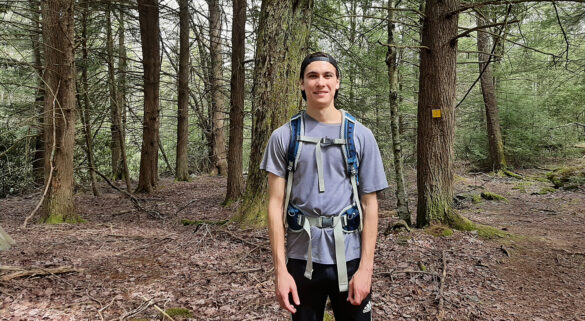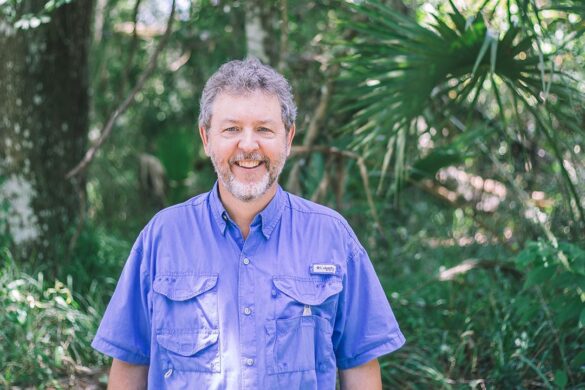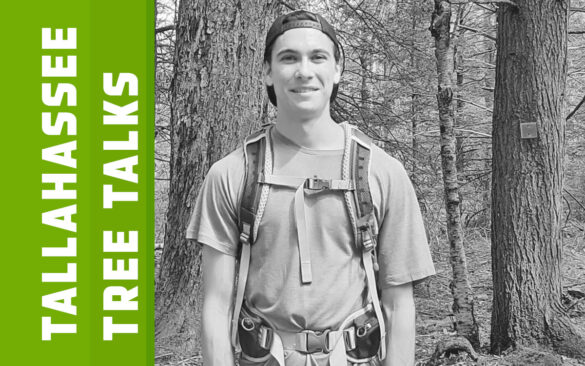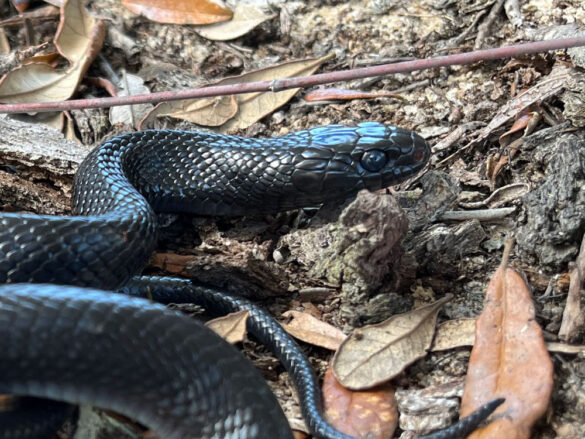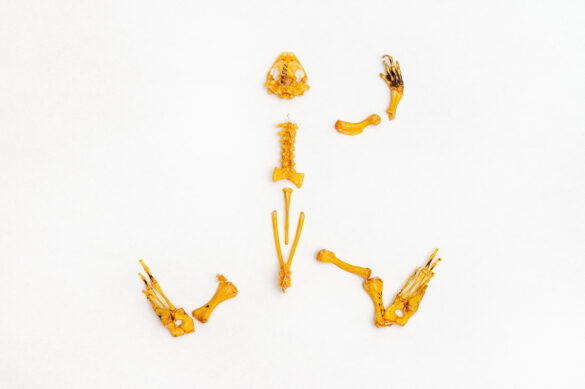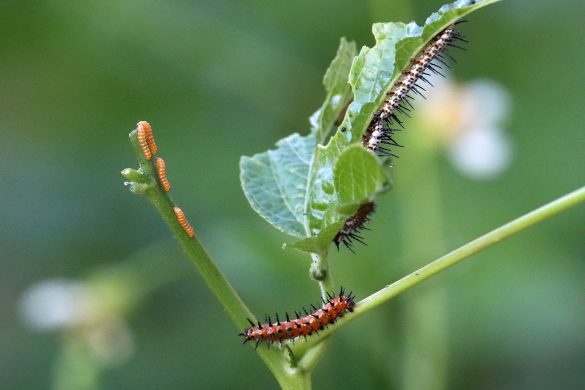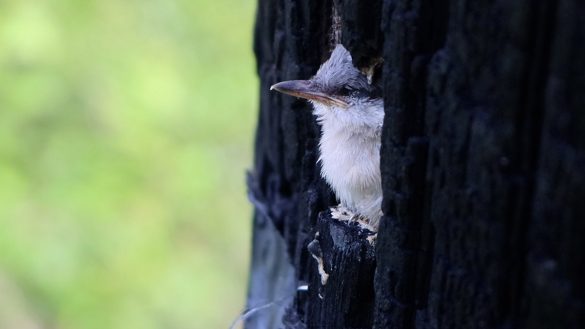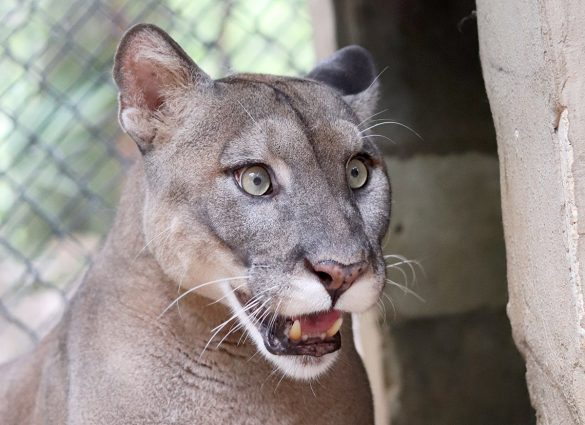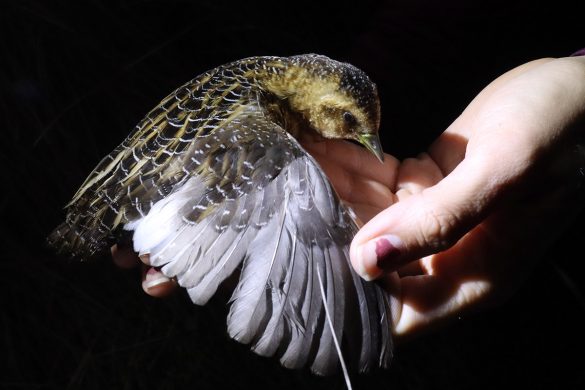Learn about the current state of Tallahassee’s tree coverage and regulations, the history leading up …
More on the Blog
Stan Rosenthal, former Leon County Forester, talks about urban forestry practices in Tallahassee.
An FSU graduate student talks with foresters, artists, advocates, and more about the trees that …
Wild born indigo snakes found at Apalachicola Bluffs and Ravines
Two indigo snake hatchlings mark a milestone in Apalachicola Bluffs and Ravines release program. Soon, …
You can see so much wildlife without leaving your car. But let’s leave the car …
Fossil frog discovery sheds light on Florida’s early years
New research from the University of Florida finds that one of Florida’s earliest frog species …
We look at a tool that tells you which plants host the most caterpillar species …
The brown-headed nuthatch– a twenty year study of bird choices
Tall Timbers Research Station studies the family choices of a charismatic cooperative breeding bird– the …
Meet Buddha, a Florida panther at the Tallahassee Museum
We head to the Tallahassee Museum to meet a Florida panther and learn about apex …
Rail search: deep in the marsh, a firebird hides
Tall Timbers scours north Florida marshes for two fire dependent and very secretive bird species: …

